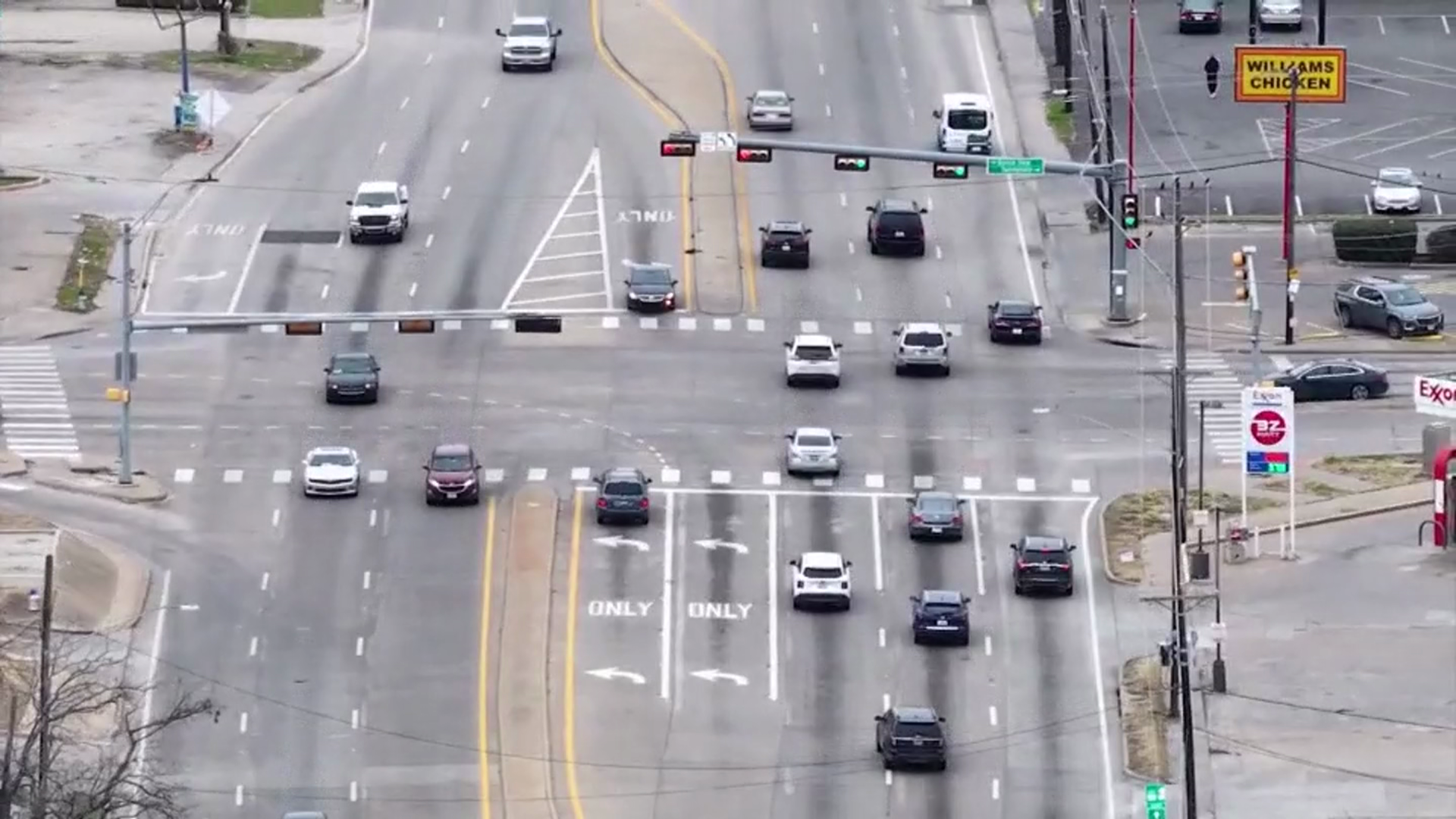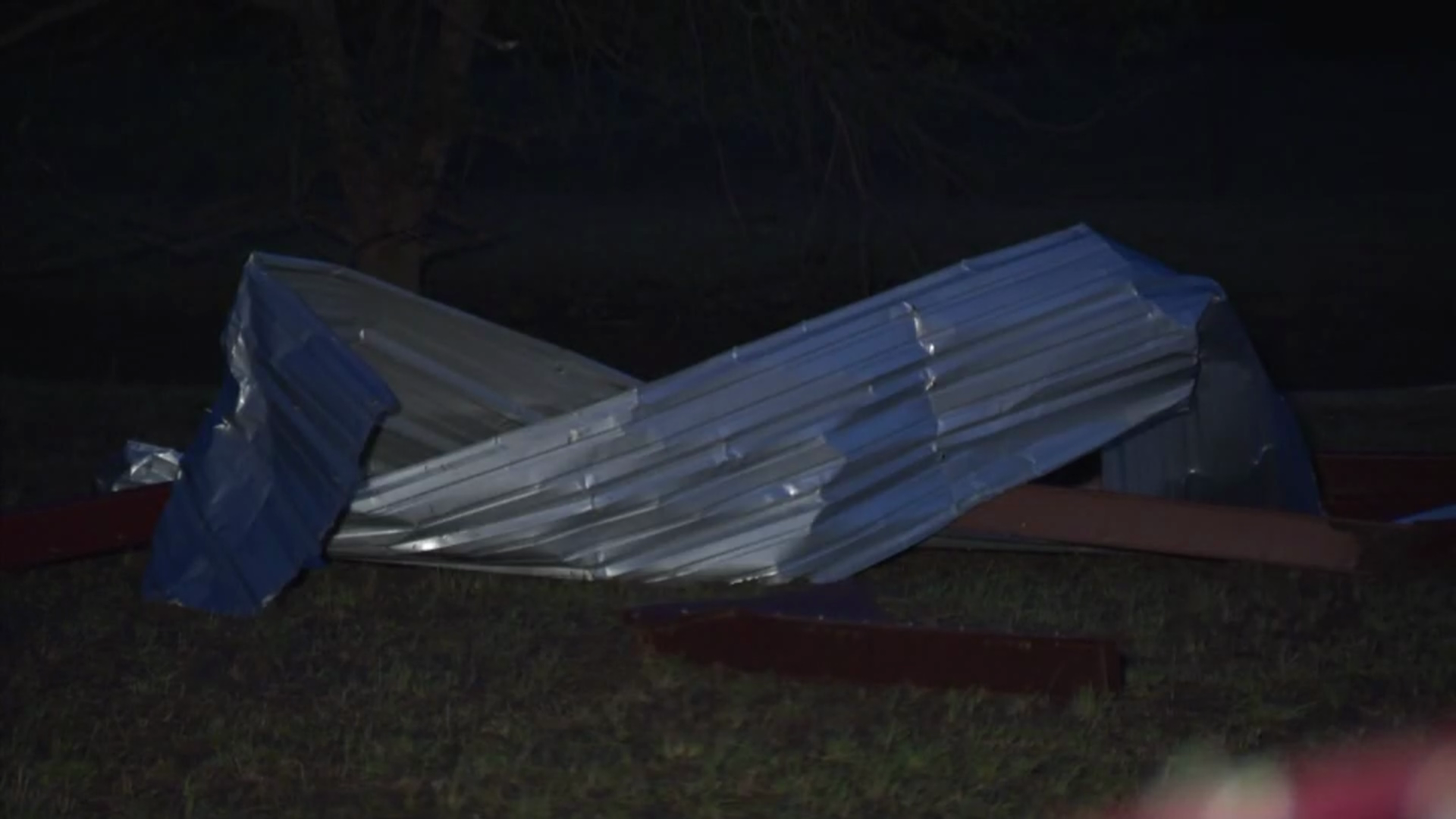An important endeavor to get a better understanding of the homelessness situation in North Texas is underway in Dallas and Collin Counties.
But with the pandemic and the aftermath of a historic winter storm, this year’s count comes at a tricky time.
The point-in-time count is required by federal law for anyone receiving grants from U.S. Housing and Urban Development to address homelessness issues. Hundreds of volunteers usually split up into groups and walk or drive to certain areas to literally count homeless individuals and conduct questionnaires to better understand their needs. Unsheltered homeless, those with disabilities and veteran homelessness are key data points gathered during the counts.
Even before the winter storm, Metro Dallas Homeless Alliance – which runs the annual count – had to plan around COVID-19 concerns.
Get DFW local news, weather forecasts and entertainment stories to your inbox. Sign up for NBC DFW newsletters.
Instead of hundreds of excited volunteers, the counters were narrowed down to only professional outreach workers to conduct the count safely. And instead of a count conducted within a single night, it has been spread out over two weeks so that the most accurate information is gathered amid the conditions.
“They know what they’re doing, they’ve been working in this environment since the beginning of the pandemic. They are well-versed in how to do it safely,” said David Gruber, Senior Development and Communications Director for MDHA.
Surprisingly, the winter storm made it easier to count many of the homeless population across Dallas, Plano and McKinney because so many people were brought into cold weather shelters during the worst of the storm. Kay Bailey Hutchison Convention Center alone sheltered more than 1,000 people.
Local
The latest news from around North Texas.
“The winter storm actually helped us and we got a bunch of the folks surveyed while they were there. That was an interesting twist,” Gruber said.
Tarrant County Homeless Coalition was able to conduct and finish its count of Tarrant and Parker counties before the winter storm hit. Dallas and Collin counties should wrap up this week. Results will be presented in May when the MDHA hosts the State of Homelessness address virtually in May.
While it’s still too early to see what the data tells us, there's a concern for an increase – especially for the unsheltered homeless –because of the pandemic. Many shelters had to reduce capacity and impose restrictions on the number of people they could shelter.
Last year, the MDHA count showed nearly 4,500 people experiencing homeless, the first decline seen in three years. But the number of unsheltered homeless increased, especially for people of color. Click here to see the full report.
Still, Gruber said he is hoping for positive numbers and more aid to balance the scale of need.
“There’s a lot of energy in the system and part of it I think, it’s just a realization of a crisis within a crisis. It makes you realize, OK, we’ve got to solve this. It’s kind of a wake-up call,” said Gruber.
The winter storm was another wake-up call. Many nonprofits spent a lot of money this winter putting people up in hotels.
Others exhausted resources sheltering more people during this last storm. On top of that, many experienced pipe bursts that caused extensive and expensive damage to their buildings.
“If this pandemic wasn’t enough, then we were sent another crisis piled on our head,” Gruber said.
But donations are coming through. And no one is giving up.
“The way social change happens is not by one more great idea. It’s by all the organizations in the space working together toward a set of common goals,” Gruber said.
Thinking ahead, money from the CARES Act is a bright spot that is helping the cause. Gruber said MDHA is able to house an additional 550 families this year because of it. Additional money could be on the way as Congress churns out another relief bill.
And with or without the pandemic, MDHA and its partners are moving forward with goals they've long put in place like ending veteran homelessness in 2021 and significantly reducing numbers for chronic unsheltered homelessness and homeless families in the years to come.
“We’re kind of the final net. We are the ones that catch the people that fall through all the other systems,” Gruber said. “So what if those systems in society worked a little better and worked not only for the folks in the middle class or the upper class but what if the systems worked much better for those in the lower socioeconomic class? How can we solve the problem upstream?”



